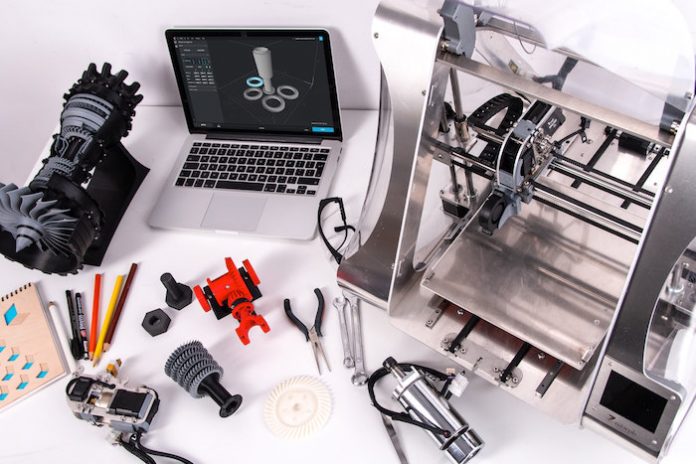Over the past decade, technological advancements in 3D printing technology have made it a commercially-viable production technique. This has revolutionized the prototyping process in product development, as initial samples can be manufactured for assessment. So, why should your business include 3D printing in the product development process?
You can physically compare prototype designs
3D printing is a revolutionary technology due to how it eases the production process. You don’t need specialized machinery to produce each part, as the right industrial-grade 3D printer can produce high-quality versions of all of your prototypes. In the past, you had to carry out assessments and comparisons based on theoretical design or simulated environments. Thanks to the rapid prototyping services made possible by 3D printing, you can now physically assess and compare prototypes.
It is a cost-effective production method
The cost savings of using 3D printing over ‘traditional’ manufacturing methods are immense. These savings come from the fact that 3D printing is a one-size-fits-all approach to production. As a business, you should enthusiastically adopt any manufacturing option that results in reduced expenditures. 3D printing’s cost-effectiveness encourages ambition when devising ideas for new products, as prototypes can be affordably sourced.
You create high-quality products
3D printing is no longer an experimental technology; you can now get high-quality products and components that match your design with superb precision. While 3D printing works mostly with plastic, when you work with reputable 3D printing manufacturers like 3D Hubs, you can have metal components delivered via their rapid CNC prototyping services. The high quality that is achievable through 3D printing has been extended to the manufacture of ‘final’ products heading into market, not just the prototypes.
A fast and convenient option
Convenience and production speed are important factors to consider when choosing a production method. This is especially important during the prototyping process, when decisions about the final product design have to be made based on prototype performance. 3D printers are becoming increasingly faster; a 3D manufacturer can have your design(s) under production just minutes after you send them over. In addition, thanks to the growth of e-commerce, the global package delivery infrastructure is robust enough to ensure fast delivery after your products have been manufactured.
The takeaway
3D printing is the ideal manufacturing method to use while developing products due to its unmatched convenience, cost-effectiveness, and quality. In fact, all product development processes benefit immensely from adopting 3D printing technology. If you want to get your process up to scratch outside of 3D printing then TCGen has an epic product development process guide.
Find a Home-Based Business to Start-Up >>> Hundreds of Business Listings.
















































